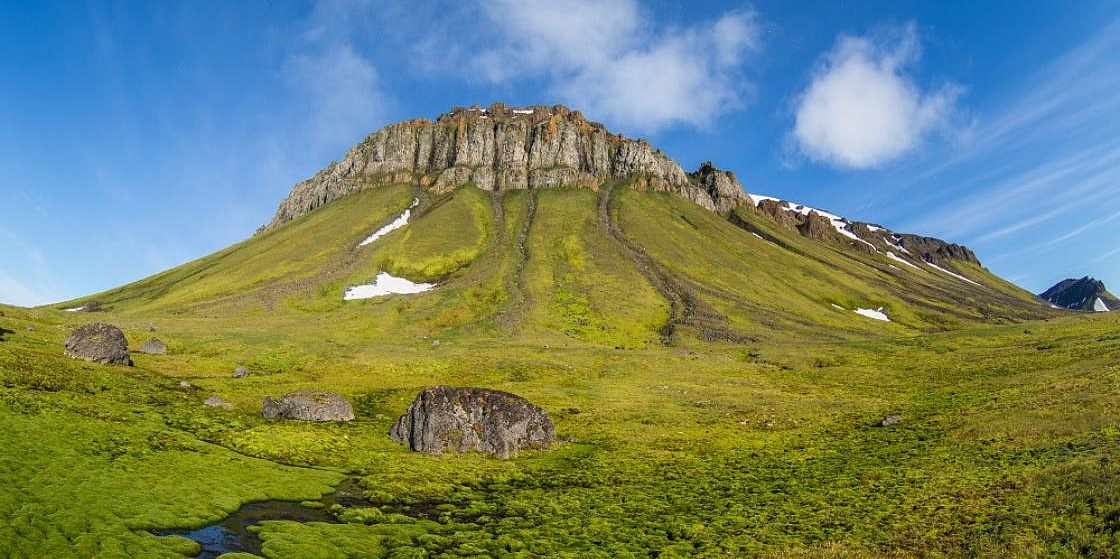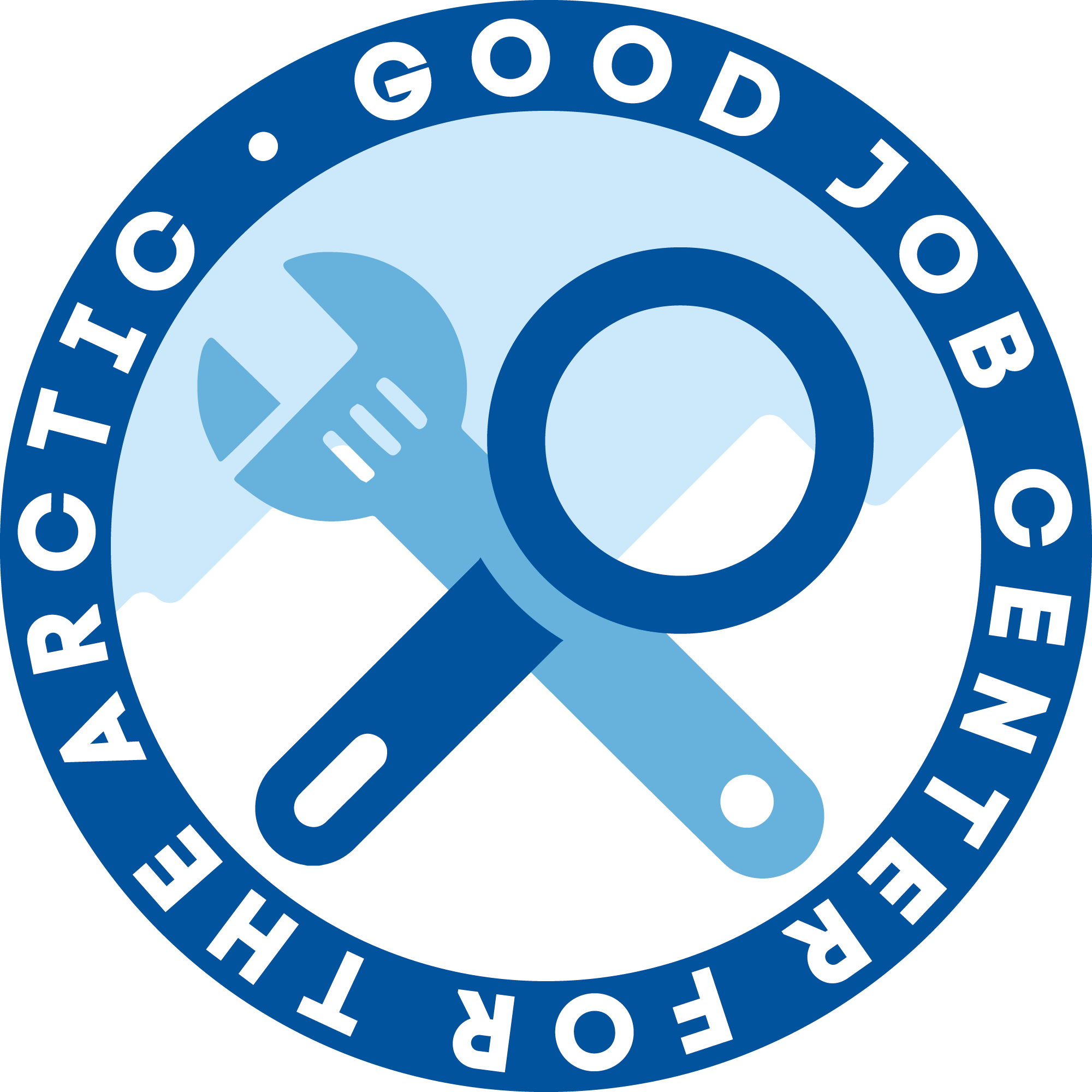
Photo: Gernet Nikolay/GeoPhoto.ru
Putin Sets Priorities for Climate Policy
On 5 October, Russian President Putin and members of the cabinet discussed national policies on environment and climate. The head of state stressed that steps are to be taken to both reduce the economy’s impact on climate and foster a steady economic growth. Below are the key points made by the President at the meeting.
- Climate change being a global challenge, Russia faces all threats and risks associated with it, including desertification, soil erosion, the thawing of permafrost, which covers about 60% of the country’s territory, etc. In Russia, average yearly temperatures grow more than 2.5 times faster than in the rest of the world (by 0.5 degrees Celsius in the past decade), while the Arctic warms up at an even faster pace.
- Russia will honor all its commitments and support all international efforts in this respect, with a special emphasis being put on implementing the Kyoto Protocol and the Paris Agreement.
- Within the next 30 years, Russia intends to considerably reduce its net GHG emissions so as to make their amount lower than in the EU.
- Steps are to be taken to both reduce the Russian economy’s impact on climate and foster a steady economic growth. New climate-related policies should also drive technological advancement and stimulate economic development.
- Russian-based industries should give preference to the most economically efficient technologies, i.e. those providing for the highest yield on investment per each ton of emissions reduced. In many ways, Russia is already following this path, with the oil industry introducing associated petroleum gas salvaging solutions.
- Among key measures to be taken are: switching to electric power in oil and gas transportation, investing into methane conversion, modernizing central heating systems, introducing energy efficiency measures, advancing new technologies in the construction sector, transition to electric and gas-fueled transport, upgrading infrastructure etc.
- With the global demand for commodities such as copper and rare-earth metals being on the rise, Russian prospecting and mining companies should focus on expanding their global presence.
- Green energy is regarded as a top priority. Big business is expected to invest into nuclear power, small hydropower plants and tidal power solutions. Russia has the potential to take a global lead in producing hydrogen and ammonia fuels. Russia enjoys an advanced position in terms of green energy supply, with more than 37% of its energy generated by NPPs, HPPs, and wind and solar farms.
- Apart from reducing GHG emissions, an emphasis should be made on carbon sequestration. To this end, the government intends to improve forest management and foster forest restoration, introduce new technologies in agriculture and combat wildfires more efficiently.
- The government plans to launch a national carbon market, Sakhalin being the pilot territory for testing carbon-neutral solutions and respective regulations. By 2026, the remote Far Eastern island is expected to attain carbon neutrality.
- Taking steps toward an expedient launch of a national GHG emission monitoring system is a necessity. A network of testing grounds for carbon technologies focused on emission control, carbon sequestration, measuring carbon sink efficiency etc. is already being deployed throughout Russia. Research centers are to play a major role in this effort.
- Russia expects that its major climate projects will be joined by international partners on a long-term basis. Russian leadership hopes that these projects will play a central role in the global effort to combat climate change.
6 October 2021




